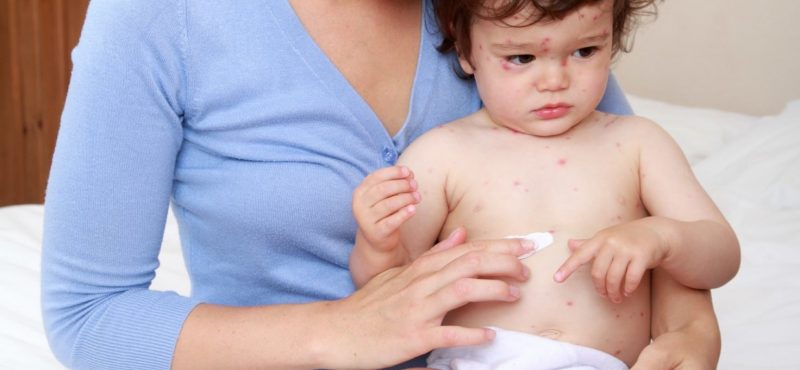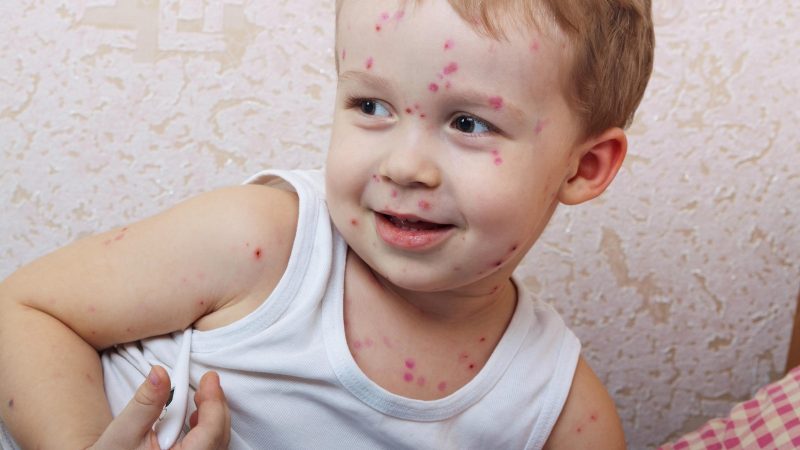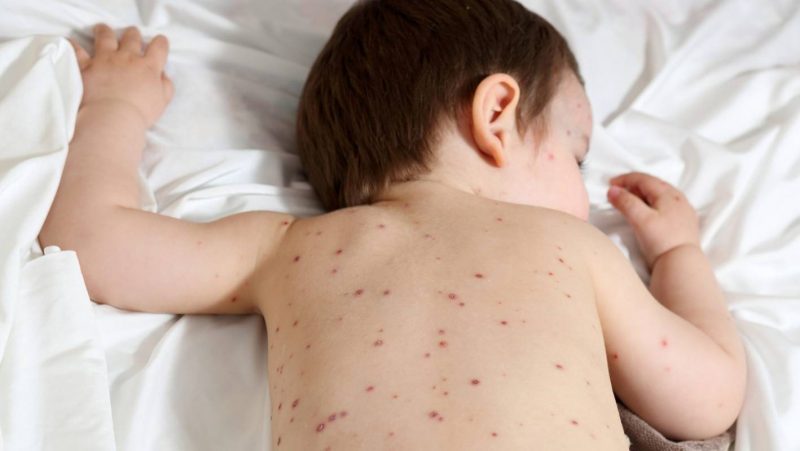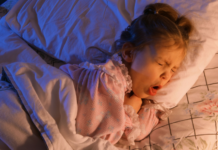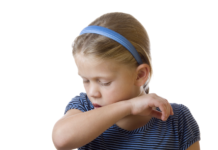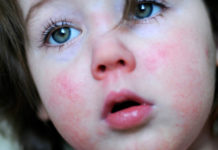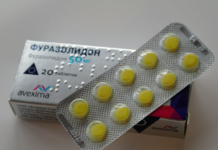Many mothers want in theory to understand how chickenpox begins in children, and what actions to take at the first signals of its appearance. This disease is very common and extremely contagious, affecting up to 90% of children in children's groups.
Material Content:
How does chickenpox begin in children
The most common characteristic rashes on the body appear in babies from 3 to 6 years old when they attend kindergarten.
The smaller the age of the crumbs, the less severe the clinical picture of the disease will be. However, it is still necessary to treat it, and for this it is necessary to know how the first signs of chickenpox appear in a child.
Chickenpox in young children is a fairly common phenomenon, as the smallpox virus is transmitted through the air and the environment, entering the body through the respiratory system. The baby's body can respond to the penetration of a foreign agent by temperature, but in some cases it does not rise above 37 degrees.
A rash over the entire surface of the body, which is the main symptom of chickenpox, appears a few days after infection. It quickly captures an increasingly large surface area of the skin, and places with acne are very itchy.
If you suspect a disease, you should definitely consult a doctor, and not self-medicate. If you do not use drugs, a secondary infection can get into the combed papules, which can only worsen the course of the disease and the condition of the baby.
The incubation period of the disease
The incubation period lasts about 3 to 5 days, depending on the strength of the patient's immunity.After this time, the infection will “take root” in the body and go into the acute stage. However, the child is the source of the disease from the first day of infection, and given the high activity of the pathogen, the baby who has not previously had chickenpox, after contact with the patient is likely to get sick too.
At this point, it is recommended to monitor the condition of the crumbs and the temperature of his body in order to timely respond to the disease with medical help.
The child must be suspended for the entire period of the disease from visiting a children's educational institution, as well as from other children in the family. This is due to the fact that the virus is extremely active and will be released into the environment another week after the patient's recovery.
Some mothers do not specifically isolate a sick baby from brothers and sisters, so that children get sick all at once. However, among doctors, this practice still causes some controversy.
First signs and symptoms
The younger the child, the faster the first symptoms of chickenpox will appear. With a lethargic and apathetic state, the baby should not be taken to circles or to classes, since no disease should be carried on his feet. It is better to observe bed rest, and to call a pediatrician at home.
Read also:calamine chickenpox lotion
How to determine chickenpox in a child:
- At the initial stage, the state of health can deteriorate sharply, which will be manifested by weakness, aching bones, headache, a slight increase in temperature and a refusal of the usual food. Chickenpox during this period is difficult to distinguish from an onset respiratory disease, which complicates the diagnosis. You should not take any medicine without acute need, the temperature can be brought down only after its significant increase (up to 38.5 degrees). The baby should be provided with peace, light food and regular airing of the room (not through).
- A characteristic rash can occur in some parts of the body two days after infection. It spreads rapidly throughout the skin, accompanied by severe itching. The rash is red at first, similar to mosquito bites. Together with subfebrile condition or an increase in body temperature to high levels, you can suspect the development of chickenpox and call a doctor.
- When pimples are filled with fluid and burst, the child is worried about the severe itching of the entire surface of the skin. This symptom provokes the appearance in the baby of irritability, lack of appetite, full sleep. The baby does not need to try to feed, because the body spends all its efforts to fight the disease, and there is no power left to digest heavy food.
All the time of therapy, the small patient should be closely monitored by the attending physician.
This is a prerequisite, because there are some types of chickenpox that occur with very dangerous complications that cause a lot of health problems.
Where rashes appear
The chickenpox virus provokes an extensive appearance of pimples on the skin of a child. First, formations appear on the stomach or back, then they can be noted on other parts of the body.
The first acne is difficult to distinguish from an ordinary mosquito bite, but if the problem appears against the background of subfebrile condition, you can think about chickenpox. And especially if the baby has recently been in contact with an infected person.
What does a rash look like
First, the rash is pink, then red. After some time, a white cavity is formed in the middle of the pimple, in which transparent exudate accumulates. From combing or in contact with clothing, the bubbles begin to burst quickly, and the place of the former pimple is covered with a crust.
Surely only a local pediatrician can distinguish chickenpox rash from other infectious skin problems. Self-diagnosis and treatment should not be prescribed.
How long does chickenpox in children last
On average, a baby with strong immunity has chickenpox for a week or a half.During this period, it is important to ensure that the condition of the small patient does not suddenly worsen due to the development of complications or the attachment of secondary infections.
Special treatment for chickenpox is not required, it is enough to observe the sanitary-epidemiological regime and choose a medicine to relieve itching of the skin.
After recovery, the child should be quarantined for another week. After he had once had chickenpox, the secondary damage to the body is practically reduced to zero.
Throughout the entire period of the disease and quarantine, the child should be provided with peace, a large amount of heavy drinking, as well as removal of physical and mental stress. In addition, it is important not to comb the papules, so as not to infect and prolong the disease. With the right approach to treatment, the disease proceeds quickly and without complications.


